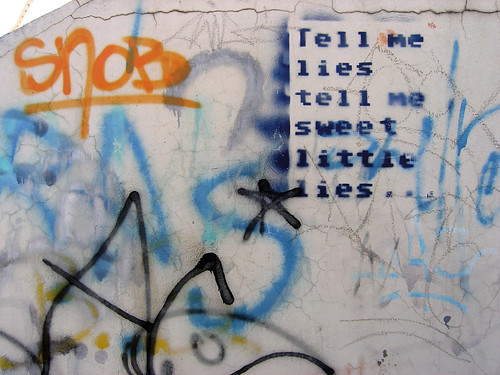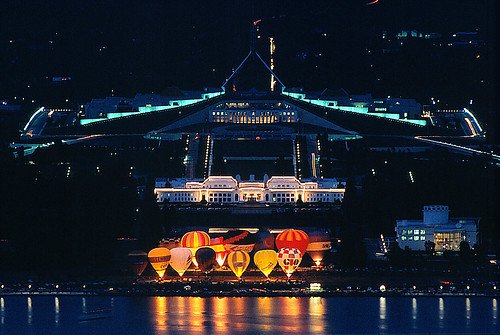8-Bit Graffiti
Fixed-width, or monospace, fonts wouldn't exist if not for the invention of the typewriter. While many people claim to have invented the first typewriter it was first manufactured in Central New York. L.C. Smith, Corona, and Morse Chain Company were among the first to build typewriters for the general public.
Manual typewriters used these fixed-width fonts to simplify the key-to-print machinery. These fonts were adopted by early word processing programs and redrawn to for dot-matrix printers.
Nostalgic feelings run deep for these digital relics such as this Graffiti example, ASCII, and other 8-bit art.



